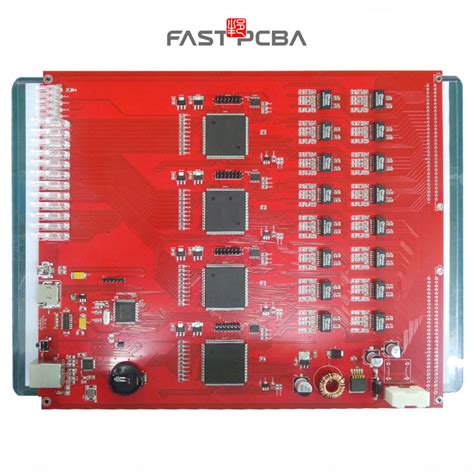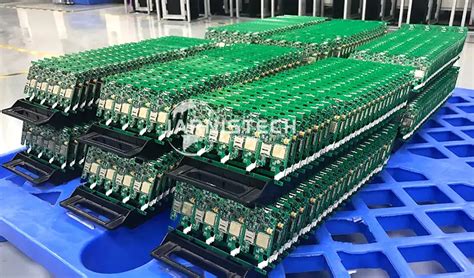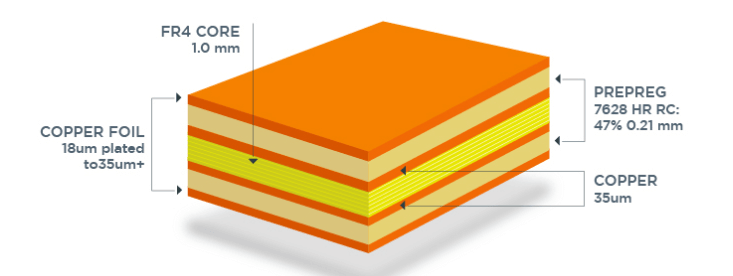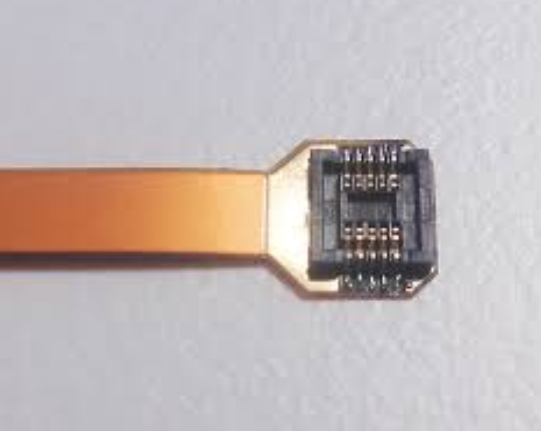What is an excellent PCB design?
What is an excellent PCB design? Let’s talk about the working methods and working habits during design, which will make your design more reasonable, easier to produce, and better in performance.
1 Production requirements
The requirements for board material, board thickness, copper thickness, process, solder mask/character color, etc. are clear. The above requirements are the basis for making a board, so R&D engineers must write clearly. From the perspective of the customers I have contacted, Gree has done relatively well. The technical requirements of each file are written very clearly, even the white characters of green solder mask ink, which we think is the most normal, are reflected in the technical requirements. Some customers can avoid it if they can, and send it to the manufacturer for proofing and production without writing anything, especially some manufacturers have some special requirements that are not written out, resulting in the manufacturer’s first thing after receiving the email is to consult this requirement, or some manufacturers finally make it inconsistent with the requirements.
2 Drilling design
The most direct and biggest problem is the design of the minimum aperture. Generally, the minimum aperture in the board is the aperture of the via, which is directly reflected in the cost. Some boards can be designed with vias of 0.50MM, that is, only 0.30MM is placed, so the cost will directly increase significantly. The manufacturer’s cost is high, so the quotation will be increased; another problem is that there are too many vias. Some DVDs and digital photo frames have vias that are really full of the entire board, with more than 1,000 holes at any time. I have made too many boards in this regard and think that the normal number should be 500-600 holes.
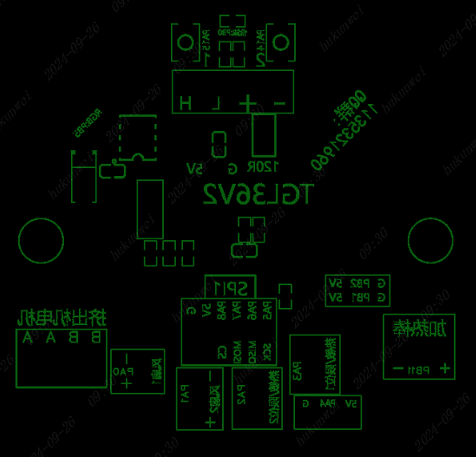
Of course, some people will say that more holes are good for the signal conduction and heat dissipation of the board. I think this requires a balance. While controlling these aspects, it should not lead to cost increases.
I can give an example here: our company has a customer who makes DVDs in Shenzhen, with a large volume. At the beginning of the cooperation, it was also the above situation. Later, the cost was really a big problem for both parties.
After working with After communicating with R&D, we increased the diameter of the vias as much as possible and deleted some vias on the large copper foil. For example, the heat dissipation holes in the middle of the main IC were replaced with 4 3.00MM holes. In this way, the cost of drilling holes was reduced, and the drilling fee could be reduced by dozens of dollars per square meter, which was a win-win situation for both parties. In addition, some slots, such as the ultra-short slots of 1.00MM X 1.20MM, are really difficult for manufacturers to make. First, it is difficult to control the tolerance. Second, the slots drilled are not straight, and some are bent. We have also made some such boards before. As a result, the boards worth a few cents were deducted 1 US dollar per piece because the slots were unqualified. We have also communicated with customers about this issue, and later we directly switched to 1.20MM round holes.
3 Circuit design
For line width and line spacing, as well as open circuit and short circuit, these are the most common problems for manufacturers. Apart from the special ones, for some more conventional boards, I think the larger the line width and line spacing, the better. I have seen some files where a line that could have been straight had to have several bends in the middle.
There were several lines of the same width in the same row, but the spacing was different. For example, the spacing was only 0.10MM in some places and 0.20MM in some places. I think R&D should pay attention to these details when wiring. There are also some line pads or lines that are only 0.127MM away from the large copper foil, which increases the difficulty for manufacturers to handle film. It is best to have a distance between the pad and the large copper foil. There are more than 0.25MM;
some routing lines are very close to the periphery or V-CUT. It is OK for the manufacturer to move them, but some must be designed by R&D before they can be done. There are even routing lines that are not in the same network connected together, and some are obviously in the same network, but they are not connected. In the end, the manufacturer communicated with R&D and found that they were short-circuited and open-circuited, and then they had to modify the data again.
This situation is not uncommon. Experienced engineers may be able to see it, and those with insufficient experience only follow the design files. The result is that they either modify the files and re-sample or scrape them with a blade or fly the wires. For boards with impedance requirements, some R&Ds do not write them, and they do not meet the requirements in the end. In addition, some boards have vias designed on SMD PAD, and tin leaks during welding.
4 Solder mask design
The problem that is more likely to occur in solder mask is that some copper skins or routing lines have to be exposed. For example, solder mask windows should be added on the copper foil to facilitate heat dissipation, or copper should be exposed on some high-current traces. Generally, these additional solder masks are placed on the Soldermask layer, but some R&D creates a new layer, placed on the mechanical layer, placed on the forbidden wiring layer, and so on. It is difficult for people to understand without saying this and without special explanation. I think the best is to put it on the TOP Soldermask or BOTTOMSoldermask layer, which is the best and easiest to understand. In addition, it is necessary to explain whether the green oil bridge in the middle of the IC should be retained, and it is best to give an explanation.
5 Character design
The most important thing about characters is the requirements for character width and height design. Some boards are not very good in this aspect. The same component even has several character sizes. As a manufacturer, I think it is not beautiful. I think we must learn from those motherboard manufacturers. Rows of component characters, the same size, make people feel pleasing to the eye. In fact, it is best to design the characters to be 0.80*0.15MM or more, so that the manufacturer can print them more easily during the silk-screen printing process. In addition, some large white oil blocks, such as those on the crystal oscillator or some power strips, some manufacturers cover the pads with white oil, and some expose the pads, which must also be explained. There have also been some cases where the silk-screen positions are wrongly swapped, such as the characters of the resistor and capacitor are swapped, but these errors are still rare. There are also signs that need to be added, such as the UL logo, ROHS words, PB logo, the manufacturer’s LOGO and number.
6 Design of appearance
Nowadays, there are very few boards that are rectangular, and they are all irregular, but there are mainly several line drawing frames, which make it impossible to choose. In addition, in order to improve the utilization rate of equipment (such as SMT), V-CUT must be assembled, but the spacing of the assembled boards is different, some have spacing, and some do not. It is okay to make samples for the first factory for batch production, but it is more troublesome to change suppliers later. If the second factory does not assemble according to the first factory, the steel mesh cannot be put on. Therefore, it is best not to assemble with spacing unless there are special circumstances; in addition, some file designs may draw a small rectangular hole for the slot to be drilled and put it on the outer layer. This situation is more common in files designed by PROTEL software. PADS is relatively better. It is thought that if it is placed on the outer layer, it is easy for manufacturers to misunderstand that the hole is to be punched out or made into NPTH attribute. For some PTH attributes, it is easy to cause problems.
Details determine success or failure. PCB design is a meticulous job, which requires carefulness and patience. The mistakes that novices who are just starting to design often make are some details. The device pins are wrong, the device package is used incorrectly, the pin sequence is drawn in reverse, etc. Some of them can be solved by flying wires, and some may turn a board directly into waste. Check it more when drawing the package, print out the package and compare it with the actual device before submitting the board, take a closer look, check it more, it is not obsessive-compulsive disorder, but just try to avoid these low-level mistakes that are easy to make. Otherwise, no matter how beautiful the design of the board is, it is full of flying wires, and it is far from being excellent.

